![]() The problem of axial movement always exists more or less during the operation of the motor, and it cannot be absolutely avoided. When the amount of movement reaches a certain level, supporting equipment or motors may be seriously damaged, and the resulting motor failures are indeed not uncommon.
The problem of axial movement always exists more or less during the operation of the motor, and it cannot be absolutely avoided. When the amount of movement reaches a certain level, supporting equipment or motors may be seriously damaged, and the resulting motor failures are indeed not uncommon.
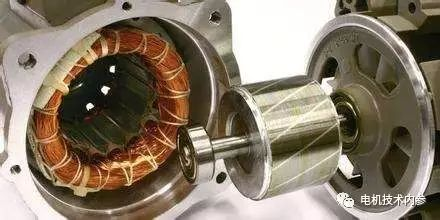
MS. Shen once analyzed some concentrated motor shaft channeling problems. Most faulty motors with shaft channeling will always have some design flaws , reflecting that axial movement or shaft channeling problems should be predicted in advance during the design process , as much as possible. May reduce the chance of occurrence.
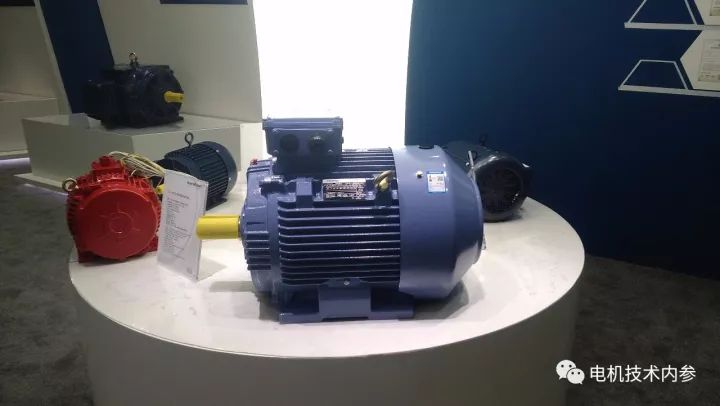 Generally, the motor will be axially fixed at one end and the other end will be a floating end . Small-sized motors only rely on the interference of the bearing assembly for positioning , especially motors using sealed bearings without installing bearing caps. As a result, situations like this often occur: the fixed end is not completely fixed, and the supporting equipment is subject to unexpected axial movement; the fit between the small-size motor shaft and the bearing is too loose, and the bearing moves axially under the action of vibration force.Analysis of the causes of axial movement● When the matching gap between the shaft and the rotor is too large, the relative movement of the rotor and the shaft will cause the stator and rotor cores to be misaligned, thereby aggravating the axial movement of the rotor and the shaft relative to the stator.● Wave spring washers will be installed at both ends of the motor bearing. If they are not installed or the spring washers are not of adequate quality, this problem will also occur.
Generally, the motor will be axially fixed at one end and the other end will be a floating end . Small-sized motors only rely on the interference of the bearing assembly for positioning , especially motors using sealed bearings without installing bearing caps. As a result, situations like this often occur: the fixed end is not completely fixed, and the supporting equipment is subject to unexpected axial movement; the fit between the small-size motor shaft and the bearing is too loose, and the bearing moves axially under the action of vibration force.Analysis of the causes of axial movement● When the matching gap between the shaft and the rotor is too large, the relative movement of the rotor and the shaft will cause the stator and rotor cores to be misaligned, thereby aggravating the axial movement of the rotor and the shaft relative to the stator.● Wave spring washers will be installed at both ends of the motor bearing. If they are not installed or the spring washers are not of adequate quality, this problem will also occur.
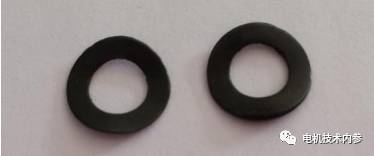
● The axial force generated when the fan is running with the motor, that is, the axial force exerted by the wind on the fan blades. This effect will be smaller for low-speed motors, but will be more obvious for motors with relatively fast speeds and relatively loose radial fits.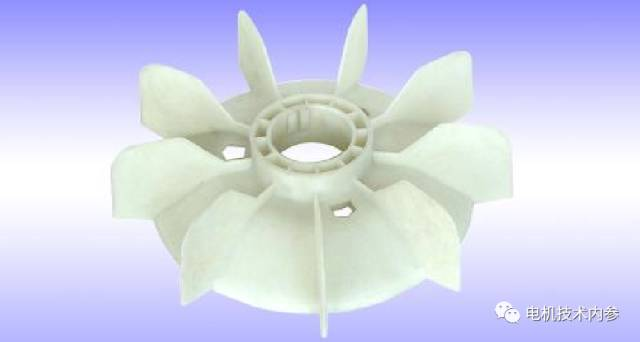 ● When the axial alignment of the stator and rotor is not good, the axial force is generated due to changes in the electromagnetic field. This problem will exist for every motor, because it is currently difficult for any motor manufacturer to completely align the two. During the production and processing of motors, the horseshoes and springs of the stator and rotor, the bottom of the cast aluminum rotor pot, and the deflection of the radial ventilation ducts will all cause misalignment problems to varying degrees.
● When the axial alignment of the stator and rotor is not good, the axial force is generated due to changes in the electromagnetic field. This problem will exist for every motor, because it is currently difficult for any motor manufacturer to completely align the two. During the production and processing of motors, the horseshoes and springs of the stator and rotor, the bottom of the cast aluminum rotor pot, and the deflection of the radial ventilation ducts will all cause misalignment problems to varying degrees.
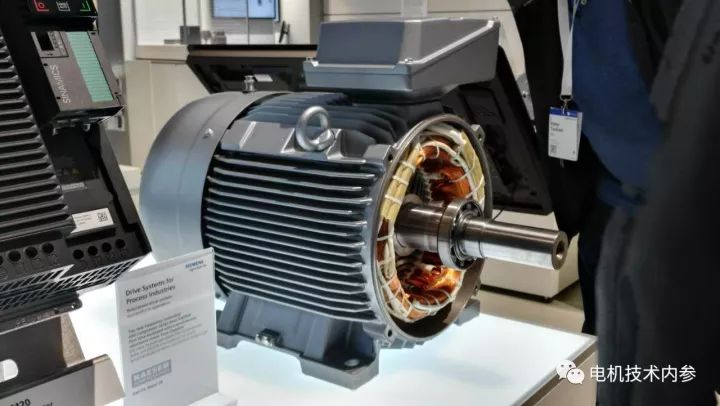
● Misalignment of the magnetic centerline of the sliding bearing motor causes shaft movement.● Movement caused by large matching gaps between the bearing and the shaft, and between the bearing and the end cover bearing chamber. This situation will also cause the bearing to run in circles.For the problem of axial movement, large-size motors use the method of positioning one end of the bearing cover to solve the problem. You can add a wave washer between the bearing end face and the end cover in the axial direction to adjust . For motors without bearing inner covers, you can Add a retaining ring groove in the end cover bearing chamber and install the bearing retaining ring during assembly . For horizontally installed motors, the most ideal way to solve this problem is to ensure the alignment of the stator and rotor. However, for vertically installed motors, the impact of the rotor's own weight on movement must also be considered. Many motor manufacturers do not pay much attention to the processing dimensions of bearing caps, resulting in frequent occurrence of such problems. However, some better motor manufacturers have done enough to control the tolerances of parts, and the differences in motor quality have gradually increased. highlight .

 Generally, the motor will be axially fixed at one end and the other end will be a floating end . Small-sized motors only rely on the interference of the bearing assembly for positioning , especially motors using sealed bearings without installing bearing caps. As a result, situations like this often occur: the fixed end is not completely fixed, and the supporting equipment is subject to unexpected axial movement; the fit between the small-size motor shaft and the bearing is too loose, and the bearing moves axially under the action of vibration force.
Generally, the motor will be axially fixed at one end and the other end will be a floating end . Small-sized motors only rely on the interference of the bearing assembly for positioning , especially motors using sealed bearings without installing bearing caps. As a result, situations like this often occur: the fixed end is not completely fixed, and the supporting equipment is subject to unexpected axial movement; the fit between the small-size motor shaft and the bearing is too loose, and the bearing moves axially under the action of vibration force.





























 XINDA
XINDA